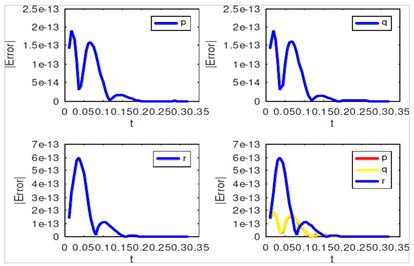ACCURATE BLOCK HYBRID METHODS FOR LARGE SCALE CHEMICAL KINETICSSIMULATIONS OF THE HIGH IRRADIANCE (HIRES) PROBLEM
Keywords:
Hires Problem, Block Hybrid, Absolute Stability, Interpolation, Collocation, Exact SolutionAbstract
This article presents two A(a), zero–stable, consistent and convergent methods for the numerical approximation of the High Irraddiance problem. The first method is a first derivative method while the second method is a second derivative block hybrid method for the numerical solution of initial problems most especially the High Irraddiance (HIRES) problem with origins from chemical kinetics. The first method is of order five with a small region of absolute stability, while the new second derivative method is of order nine with a large region of absolute stability as well as smaller error constants. The methods stems from the interpolation and collocation approach with un-equidistant give points. Sequel to using the methods in solving the HIRES problem which has no exact solution, we compared the performance of our second method with a method in a recent literature and the method outperformed it. This gave us the motivation in using the method to solve the problem under consideration

Published
How to Cite
Issue
Section
Copyright (c) 2025 Richard Olatokunbo Akinola, Shangkum Yildum Goji, Kyaharnan Victor Joshua, Amin Miracle Daze

This work is licensed under a Creative Commons Attribution 4.0 International License.




